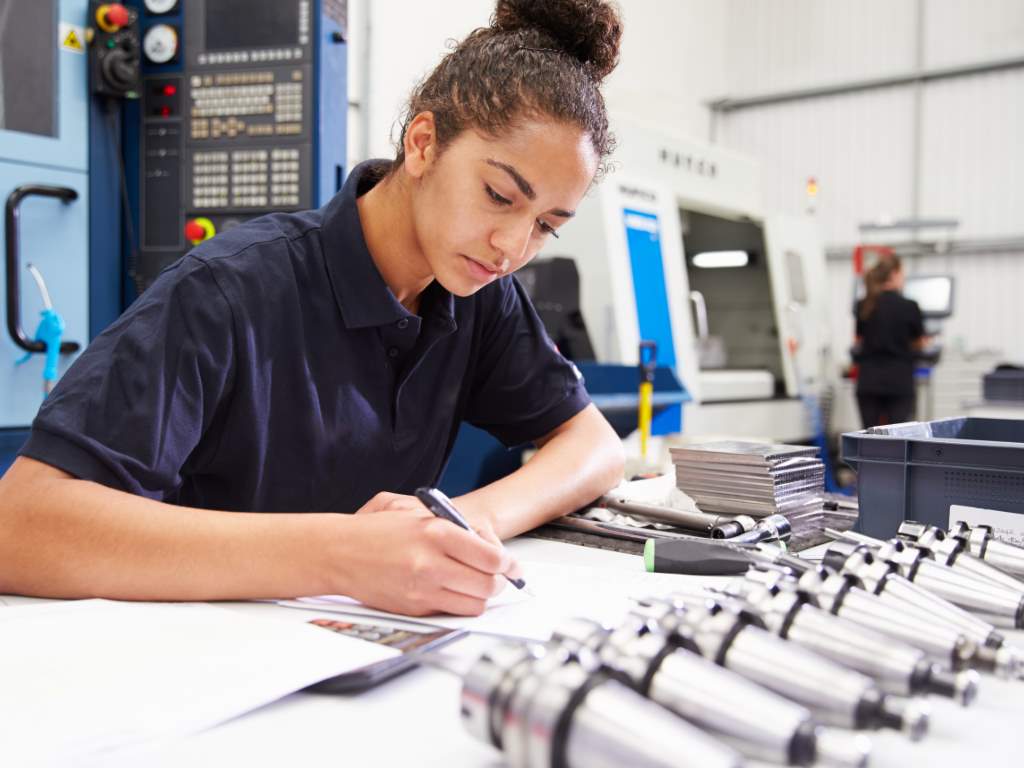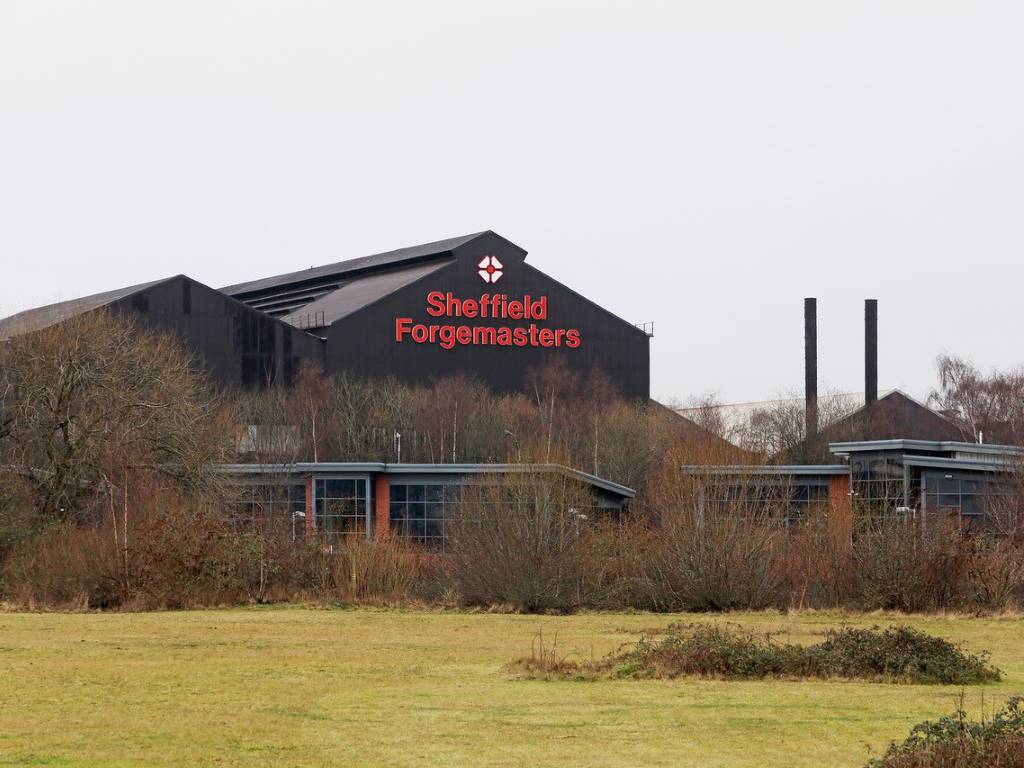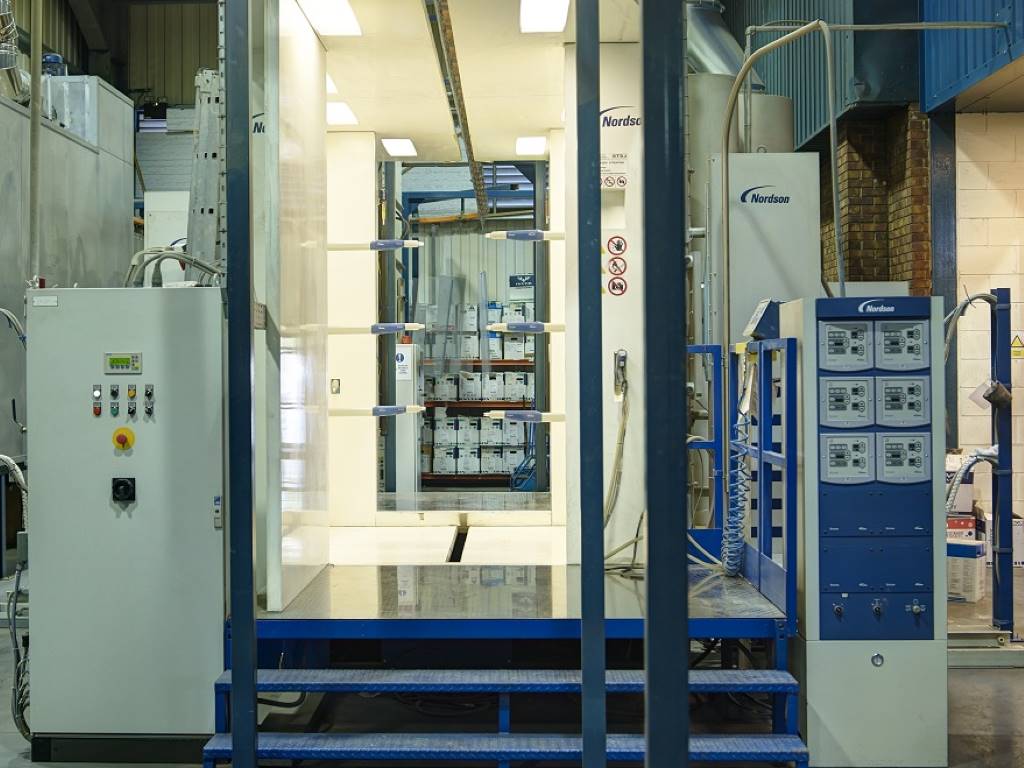Medical matters

The metal surface coatings applied to orthopaedic implants allow a 3D interconnected array of pores throughout the coating thickness
, which in turn helps to promote bone tissue ingrowth and provide long-term stability of the implant.
The traditional processes used to apply these coatings include sintering and plasma spraying. The introduction of Direct Metal Transfer (DMT) 3D metal printing technology however provides a number of significant benefits in terms of the strength and porosity characteristics of the finished product.
DMT 3D metal printing technology is one of the most advanced generative manufacturing processes. This technology melts commercially available metal powders using a high power laser and produces complex metal structures from a 3D CAD file. It is one of the latest 3D metal printing technologies and is classified according to ASTM standard in the category of 'Directed Energy Deposition'.
Compared to the more widely recognised 'Powder Bed Fusion ́ technology, DMT 3D metal printing technology uses a wide range of commercially and readily available industrial metal powders. The use of these powders makes the process economical and this has been a significant driver in the introduction of the technology across industry sectors such as electrical, automotive, medical, aerospace and defence.
DMT 3D metal printing technology brings a number of benefits when applied to the manufacture of orthopaedic implants. In a recent comparative study measured against the Titanium Plasma Spray (TPS) process and carried out on acetabular cups, the 3D metal printing process delivered an 83% improvement in porosity, a key attribute for the promotion of bone tissue ingrowth.
The results of tensile stress and shear stress tests also showed significant improvements of 17% and 7% respectively. The 3D laser coating process is not only reported to be superior in quality; the specially developed InssTek MPC machine is less expensive than most TPS machines. Cycle times for the 3D laser coating process on an acetabular cup range between 12 and 18 minutes, significantly quicker than alternative technologies.
In this test, the coating was produced using pure titanium and has a thickness of 0.7mm. The thickness and porosity of the coating can be adjusted within the MPC machine which uses a 500W Yb fibre laser and offers five axes of motion and up to three powder feeding systems. The acetabular cup products shown in this example are manufactured by Corentec, recognised as the market leader in Korea and a company that has achieved FDA approval for US market on these laser coated joints.
Bromsgrove-based TLM Laser has recently agreed an exclusive distribution agreement with InssTek Gmbh for its comprehensive 3D metal printing products. The InssTek process offers a true production system and the ability to produce complex parts with no supporting structures due to excellent axis control and tilting table configuration. In addition, the powder flow is constant through the laser beam making the microscopic metal structure 100% tight and therefore no different from conventionally produced parts and in some instances producing better mechanical properties.
TLM Laser
www.tlm-laser.com














